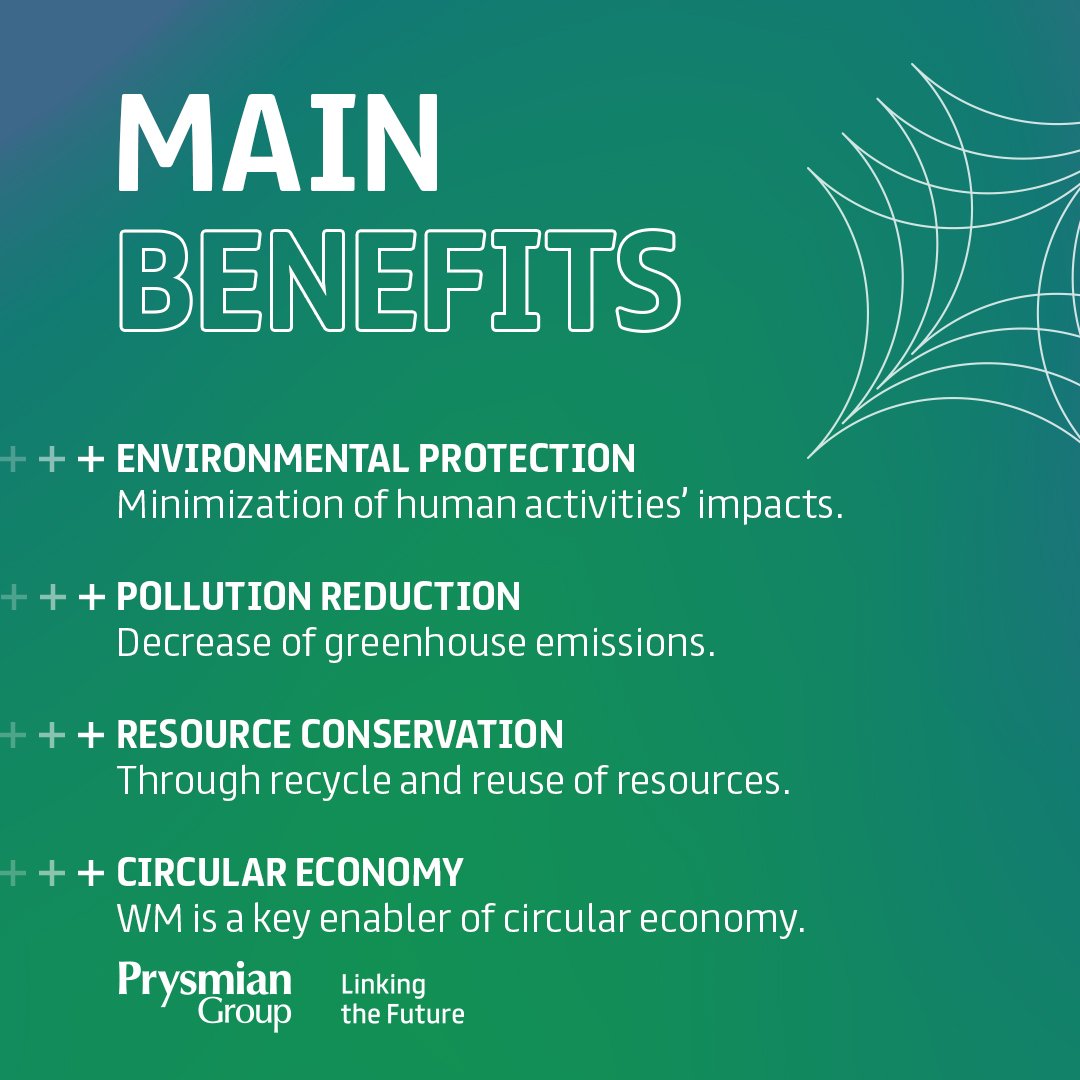The smart Trick of Reclaim Waste That Nobody is Discussing
Wiki Article
Reclaim Waste Things To Know Before You Buy
Table of ContentsA Biased View of Reclaim WasteThe Only Guide to Reclaim WasteIndicators on Reclaim Waste You Need To KnowThings about Reclaim WasteThings about Reclaim Waste
Domestic sewer waste refers to the waste and products from a household septic storage tank. The proper monitoring and disposal of domestic sewer waste require fluid waste to be transferred to a sewer therapy plant where the appropriate approaches and equipment are used to detoxify and dispose of waste.
Commercial waste typically consists of prospective threats, such as flammable products or a mixture of liquid and strong waste items, and needs a more innovative and in-depth disposal procedure. The disposal of commercial waste commonly includes the purification of waste prior to transportation to make sure secure and appropriate disposal. Hazardous waste is developed from byproducts and overflow of commercial procedures and manufacturing.
This kind of waste can not utilize the exact same sewer management transportation or processes as septic or industrial liquids. The commercial waste monitoring process requires the assessment and screening of liquid waste before it undergoes the disposal procedure (liquid waste disposal). Runoff waste is the liquid waste that comes from overflow and excess stormwater in very booming locations or cities
Overflow waste can trigger contamination and flooding if not taken care of properly. Making sure appropriate waste administration can stop disasters and lower environmental injury.
Getting My Reclaim Waste To Work
Get in touch with PROS Solutions today to learn regarding our waste management and disposal solutions and the proper methods to care for the liquid waste you generate.(https://www.metal-archives.com/users/reclaimwaste1)Do you understand what happens to your water when you end, purge the toilet or drain pipes the cleaning machine? No? Well, it deserves understanding. This so-called 'wastewater' is not just a crucial resource yet, after treatment, will be launched to our land, waterways or the sea. Utilized water from commodes, showers, baths, kitchen sinks, washings and industrial procedures is referred to as wastewater.

water utilized to cool down machinery or tidy plant and devices). Stormwater, a form of wastewater, is overflow that flows from farming and urban locations such as roof coverings, parks, gardens, roadways, courses and gutters right into stormwater drains pipes, after rainfall. Stormwater flows neglected straight to regional creeks or rivers, eventually getting to the sea.
Indicators on Reclaim Waste You Should Know
In Queensland, most wastewater is treated at sewage therapy plants. Wastewater is transferred from domestic or industrial sites through a system of sewage systems and pump stations, known as sewage reticulation, to a sewer therapy plant.The Division of Natural Resources suggests city governments concerning handling, operating and preserving sewerage systems and treatment plants. In unsewered locations, neighborhood federal governments might need householders to install individual or house sewer treatment systems to treat domestic wastewater from commodes, cooking areas, washrooms and washings. The Department of Natural Resources authorises making use of house systems when they are confirmed to be reliable.
The majority of stormwater obtains no treatment. In some new class, treatment of some stormwater to remove trash, sand and crushed rock has started making use of gross contaminant traps. Wastewater therapy happens in four phases: Gets rid of solid issue. Bigger solids, such as plastics and other things mistakenly discharged to sewers, are gotten rid of when wastewater is passed via read here displays.
Wastewater then moves into huge storage tanks where solids settle and are eliminated as sludge. Grease and residue are skimmed from the surface. Makes use of small living organisms referred to as micro-organisms to break down and get rid of continuing to be dissolved wastes and fine fragments. Micro-organisms and wastes are integrated in the sludge. Gets rid of nitrogen and phosphorus nutrients that could trigger algal blooms in our waterways and threaten water life.
Reclaim Waste Fundamentals Explained
Nutrient removal is not readily available whatsoever sewage treatment plants since it requires expensive specialist tools. It is becoming much more common in Queensland. Clear fluid effluent produced after therapy may still include disease-causing micro-organisms. If this effluent is released into waterways such as rivers or the sea, the micro-organisms will ultimately die out.
This normally indicates wastewater has to be treated or pollutants eliminated before it can be discharged to rivers. The majority of wastewater moves right into the sewerage system. Under the Act, local federal governments provide approvals and licences for eco appropriate activities (Periods) entailing wastewater releases that might have a neighborhood effect. The department administers authorizations and permits to Ages involving wastewater releases that could have a regional or statewide impact.
Things about Reclaim Waste
Surveillance provides valid info concerning water high quality and can confirm that permit conditions are being satisfied. The information acquired via surveillance gives the basis for making water quality decisions.Report this wiki page